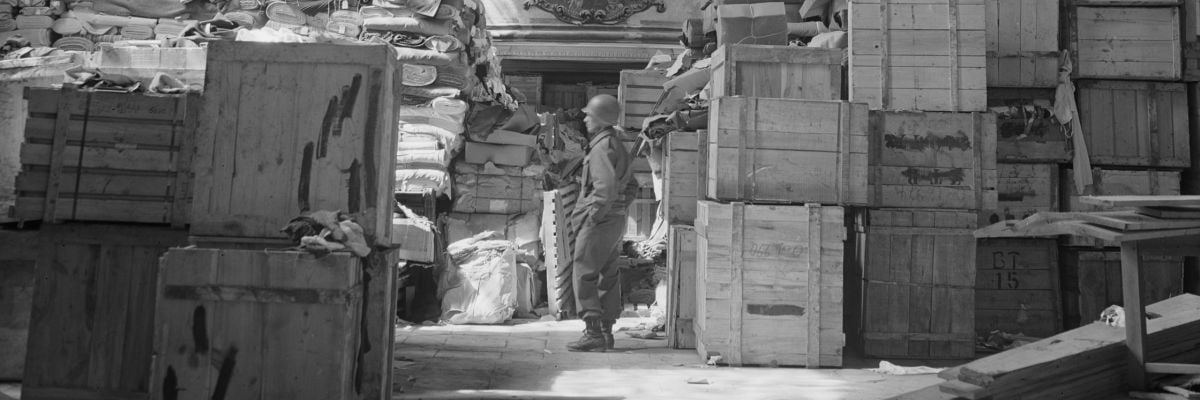According to Roman law, and therefore canon law, a Christian was forbidden to convert to Judaism. The problem was that throughout the Middle Ages secular authorities or local populations frequently threatened to attack or expel Jews unless they accepted baptism. Most Jews moved on, if they could. But many others would go to the baptismal font rather than lose their lives or property. When the persecution was over, these baptized Jews would return to Judaism or, fearing the Inquisition, exist in a netherworld between the two faiths. The Church did not recognize a forced conversion as valid, so long as the person repudiated baptism within a reasonable amount of time. Yet if someone received baptism without objection, even if they were acting in response to an implied or spoken threat, that was considered valid. In other words, although the popes were opposed to anti-Jewish violence, if it led to a silent acceptance of coercive baptism, they were forced to recognize the validity of the sacrament. It was the job of the inquisitors, therefore, to make certain that these new Christians remained Christian.
Of all medieval institutions, the Church stood alone in Europe in its consistent condemnation of Jewish persecutions. Yet they happened anyway. England expelled all Jews in 1290; France in 1306; Spain in 1492. Europeans disliked the Jews for their affluence and for the closed nature of their society, which seemed to scorn Christians. Jews were commonly believed to use Christian blood in their rituals, to desecrate the host, and to engage in ritual murder. Kings increasingly saw Jews as nonsubjects and therefore detrimental to their kingdoms. When the Black Death arrived in the 14th century, the Jews were accused of polluting the wells or incurring divine disfavor through their rituals. Pope Clement VI issued bulls in 1348 repudiating these widely held beliefs, insisting that the Jews’ lives and property be respected. But his words, and those of his successors in the 14th century, were ignored. By the beginning of the 15th century, the only safe place in Europe to be a Jew was in the lands of the pope.
The Church and the Jews in the Middle Ages

